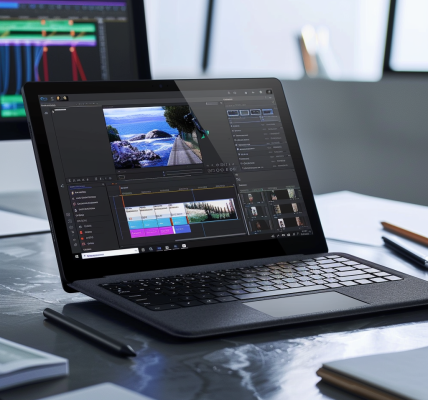The Einstein Probe, a cutting-edge space X-ray telescope, has recently unveiled its first images during the 7th workshop of the Einstein Probe consortium in Beijing. These images showcase the satellite’s innovative optics, inspired by a lobster’s eyes, which are geared to observe the X-ray sky with remarkable precision.
Launched on January 9, 2024, by the Chinese Academy of Sciences (CAS), the Einstein Probe is a collaborative effort involving CAS, ESA, the Max Planck Institute for Extraterrestrial Physics (MPE) in Germany, and the National Centre for Space Studies (CNES) in France. This mission joins the ranks of ESA’s XMM-Newton and JAXA’s XRISM in exploring the Universe through X-ray light.
Since its launch, the Einstein Probe team has been diligently conducting tests to ensure the spacecraft’s functionality and calibrate its scientific instruments. The initial data captured by the mission from various X-ray sources demonstrate the remarkable capabilities of its two scientific instruments.
The Wide-field X-ray Telescope (WXT) of the Einstein Probe can observe a wide expanse of the celestial sphere in a single shot, while the Follow-up X-ray Telescope (FXT) offers detailed close-up views and can detect transient events captured by the WXT.
Prof. Carole Mundell, ESA Director of Science, expressed excitement about the mission’s early observations, emphasizing its potential to uncover new celestial sources and enhance our understanding of the high-energy Universe. The ability of the Einstein Probe to swiftly identify new X-ray sources and monitor their evolution is crucial for studying energetic cosmic processes.
The lobster-eye technology integrated into the Einstein Probe’s WXT instrument provides a panoramic view of the Milky Way in X-ray light. This technology, previously tested in 2022 by the LEIA demonstrator, offers a field of view exceeding 3600 square degrees, enabling the spacecraft to capture a wide range of cosmic phenomena.





